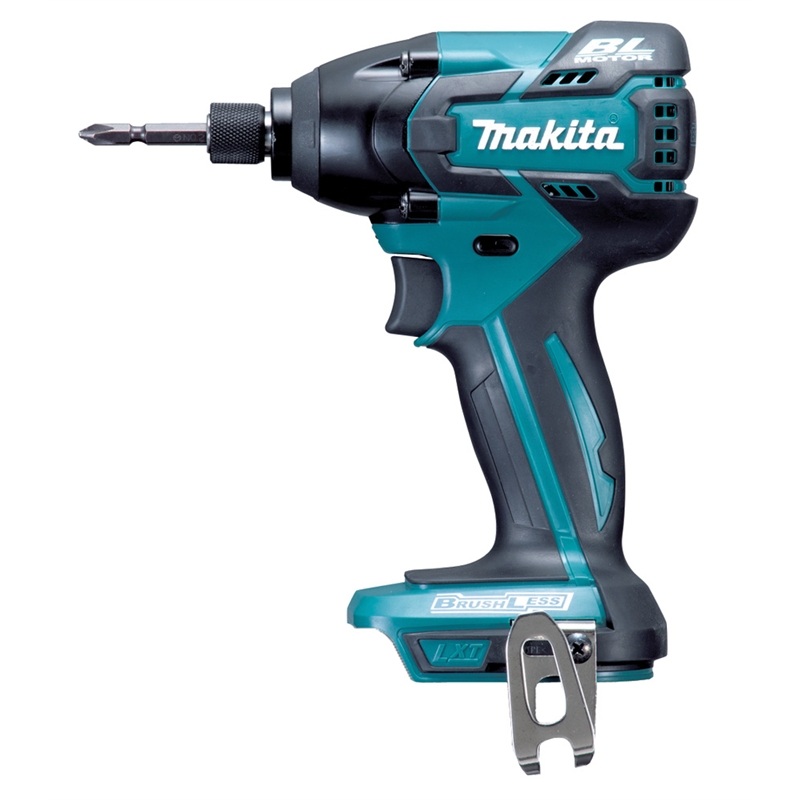I am really pleased with how the garden has worked out. Our gardening guru envisaged an Italian style garden- incorporating citrus, vegetables and most controversially pencil pines - you heard it here first!
Some of the features include:
- plants even I couldn't kill
- a gorgeous decking area using some recycled pieces of timber, our architect Barb drew up rather substantial vertical beams and I think they really balance the side of the house.
- we used radial sawn pine for the decking-this method takes advantage of more of the tree so there is less waste
- our pergola will eventually be covered with an ornamental grape, it is growing beautifully
- we also have some jasmine as a climber and lastly a couple of different types of hops that have been wonderfully vigorous and have really softened the look of the garden. Over time the grape will cover the pergola and reduce the direct sunlight into the living area. At the moment we have a shade sail to assist.
- our home grown hops shall be used for our home grown beer!!
- our vegetable planters are industrial sized storm water pipes (I think) and they have been made to work as wicking beds- so once again I haven't managed to kill a thing.
- we have a privacy screen that hides some of our utilities, including our Sanden Heat pump, clotheslines and rubbish bins
Here are some progress shots
 |
| prior to any garden being completed |
















































